Learning: Definition, Principles, Methods, and Theories
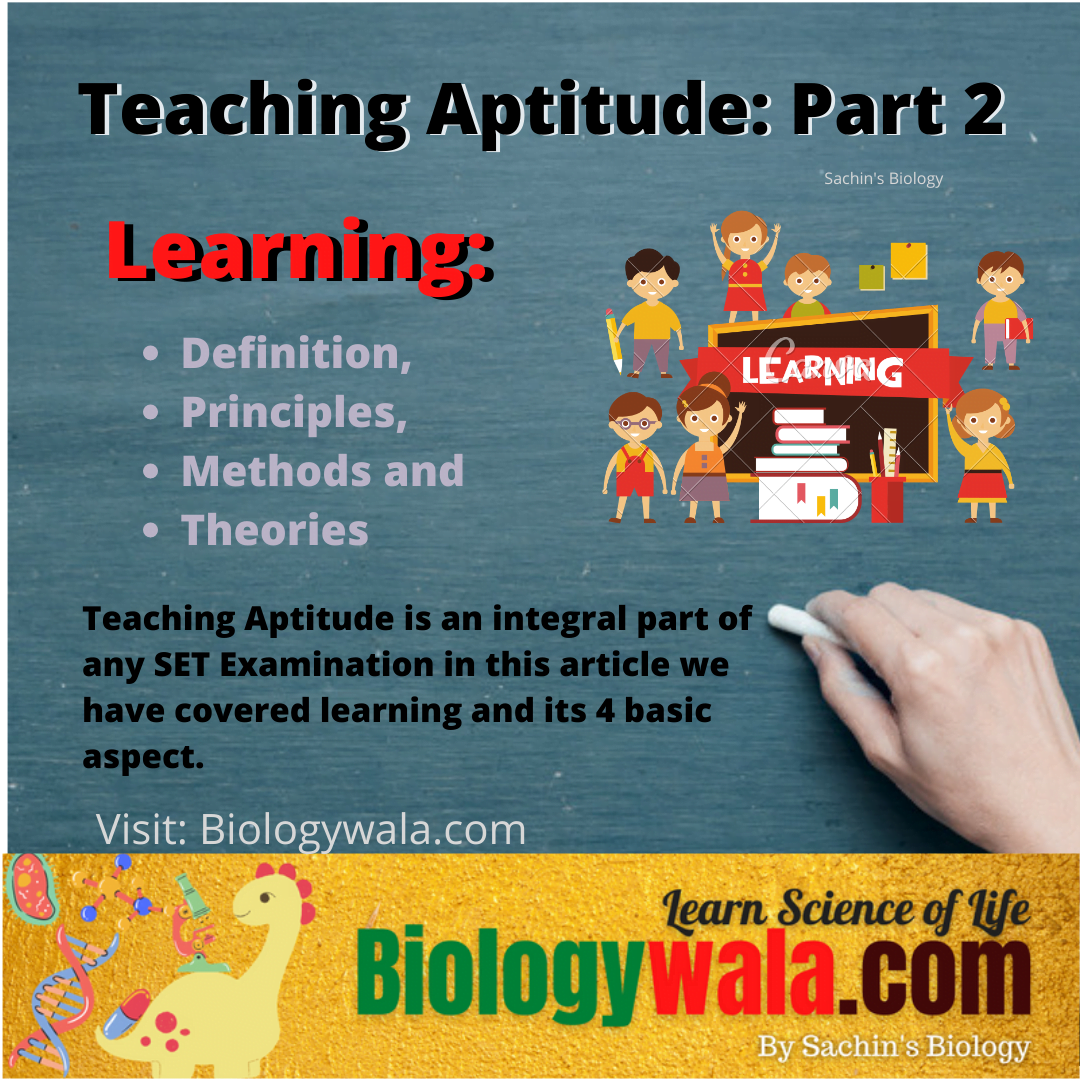
In this article, we will be discussing Learning: Definition, Principle, Methods, and Theories. learning is the core part of the teaching process and UGC and all state university agencies understand it very well. Hence they have incorporated this part into the Teaching Aptitude. Before we jump into the technical part let’s understand the definition of learning.
Definition of Learning:
Learning is basically psychological in nature and a few definitions offered by psychologists are given below:
- Gates: Learning is modification of behaviour through experience.
- Skinner: Learning is a process of progressive behaviour adaptation.
- Crow and Crow: Learning involves the acquisition of habits, knowledge, and attitude.
Learning has also been defined as a permanent change in the capacity for performance.
There are few important basic points on which questions have been raised in examination like:
- Principle of Learning
- Learning theories
- Learning Methods
Let us discuss it one by one, 1st is the principles of learning.
Principles of Learning:
There are 12 principles of learning that we have to understand in order to understand the Process of Learning.
- Principle of Association: A teacher must know the state of learners’ mind and capacity. As learning is continuous, a teacher must start teaching at their level for better learning. This helps in better development of new ideas. The learning is better if it can be linked with those already known to the community.
- Principle of Clarity: Practice must be continuously evaluated and redirected. Objectives must be clear to a teacher, and to the learner. Ultimately ‘seeing is believing’.
- Principle of Self Activity: Learning is more effective if it engages the maximum number of senses.
- Principle of Rewards: Learning must be a challenging and satisfying as well.
- Principle of Practice: Learning should always result in functional understanding of facts.
- Principle of Nurturing Environment: It can congenial environment that may be physical and social environment.
- Principle of Variable Learning Ability: This is linked with the concept of individual differences also. Some may be slow learners, and some could be fast learners, so learning depends upon communication and learning ability.
- Principle of Multiple Exposure: To make someone learning may need a set of practices. By using a combination of teaching methods, our teaching will have a cumulative effect on the learners. The percentages of learning and adoption will be higher with multiple exposures.
- Principle of Learning Capacity: The rate of learning declines at the rate of about one percent a year after the age of 35. The main reasons attributed for this decline is physical problems, low external motivation, habits, and the impact of a particular ideology.
- Principle of Active Process: Learning is an individual or personal choice, so some practices are required. Audio visual aids may also help.
- Principle of Theory and Practice: the ‘why’ and ‘how’ of an idea are explained by theory. So a teacher should balance theory and practice for better learning by the learners.
- Principle of Effective Communication: Better learning can be achieved by integrating suitable audio visual aids in teaching-learning process.
Learning Theories:
There have been some questions in NTA Exam from all learning concepts. So we need to learn some basics here.
The concept of learning has not been the same throughout the last 100 years. Three schools of thought have been found to prevail during these years.
1. Behaviourist School of Thought:
This school remained dominant in the first half of the twentieth century. This school focused mainly upon observable and measurable aspects. To them, learning is nothing but a stimulus-response (S-R) reinforcement process. When learners respond to the reinforced stimulus, their responses would get strengthened. Thus learning is a response strengthening process.
For example, when a teacher asks a student a question in the Accountancy and the student responds correctly, then s/he rewards the student by saying excellent’ or ‘very good. This acts as reinforcement to the student’s response, which gets strengthened.
In the teaching-learning process, the focus is on drills and practice and tutorials. The behaviorists have put forward three main laws of learning:
(a) Law of Effect: The Law of Effect stresses the importance of the effect of a response.
Satisfying results reinforce the response while annoying results weaken it. Reward and punishment are, therefore, important ingredients of learning.
(b) Law of Readiness: The law of readiness indicates the student’s willingness to make an S-R connection.
(c) Law of Exercise: The law of exercise relates to strengthening the connection through practice.Cognitivist School of Thought: The behaviorists paid attention only to observable behavior. There was no heed to the inner processes involving learning. Thus a new school of thought, the Cognitivist School of thought emerged. Cognitivism believed that every subject has a structure. When information is presented in an organized manner through lecture or demonstration, learners would acquire knowledge and skills. To them, learning is the acquisition, assimilation and accommodation of knowledge and skills in the cognitive structure.
2. Constructivist School of Thought:
The constructivists believe that learning is not passive. They began to consider learning as personal. Everyone constructs his or her own knowledge and skills as a result of undergoing experiences. The learning or knowledge continuously gets constructed as new knowledge is acquired. It means the new experience is integrated with previous experience. Under In constructivist school, we focus on independent learning, experiential learning and programming, etc. The focus is on generalizable skills that are based upon individual discovery.
Learning Methods:
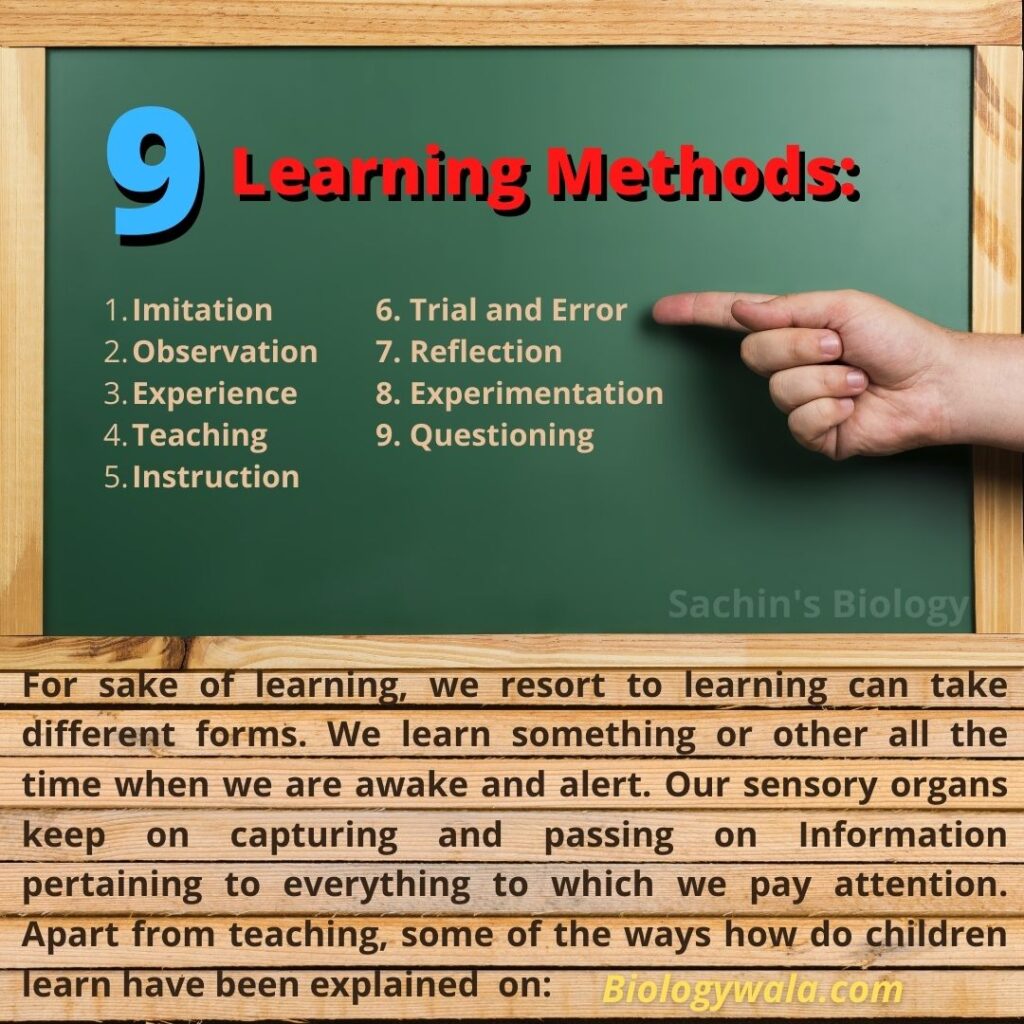
For sake of learning, we resort to learning can take different forms. We learn something or other all the time when we are awake and alert. Our sensory organs keep on capturing and passing on Information pertaining to everything to which we pay attention. Apart from teaching, some of the ways how do children learn have been explained below:
- Imitation: We see that small girls usually imitate their mothers and small boys their fathers. Even
adults do imitation of others. Specifically less confident or less assertive people look for confident and assertive people. With practice and passage of time, they also become confident or assertive. - Observation: Observation is an interesting way to learn. In case we want to learn about the social behaviour of our leaders or boss or teacher, we need to go to their office or habitat etc. There we observe them closely and take details of the things observed.
- Experience: Learning is based on and follows from experience. We follow many things from our experiences. After we undergo some experience and reflect over it, with the help of a few questions, we will learn a lot out of it by seeking answers to them. For learning about our social diversity, learners may be taken to a village fair.
- Teaching: In teaching, teachers are invited – teachers select a topic, subject it to content and task analysis, and expose students to the topic through lectures. The students listen to the lecture and as a result, they learn.
- Instruction: Instruction is usually concerned with physical settings rather than cognitive skills. Usually the system involves demonstration with supporting explanation. As a result, the learners acquire knowledge and skills.
- Trial and Error: When an individual is facing a problem, and is not sure of which option is the most appropriate, he may opt for the one that he thinks is the right one. If it is found that it does not work, he may go for another. This process continues until he arrives at the right solution. In this process of trial and error, he learns a lot. This may happen in subjects such as mathematics.
- Reflection: The reflective has a tendency to consider and deliberate the alternative solutions to problems. Conversely, an impulsive person tends to respond spontaneously without deliberation, especially in case of uncertain situations. The reflective person uses cognitive powers such as reasoning and analyzing to make sense of things that he or she is required to do.
- Experimentation: When a person is in doubt, relying on intuition and guessing may not be wise. To get to know the reality, we have to resort to experimentation. Our thinking can be one thing and the reality may be another. In case, we choose to conduct an experiment, we can certainly arrive at the reality. In the course of the experimentation, we learn several things. As we have seen, there are quite a number of ways through which we can learn. Our success in learning, to a great extent, depends on our ability to select the most appropriate method, not the best one, looking into the nature of matter to be learned and the objectives for which it is learned.
- Questioning: Even questioning is a good technique to learn. In theory the perfect convergent (closed-ended) question would have only one answer and the perfect divergent (open-ended) question would have infinite answers. Questions can be Factual, Explanatory, Analysing, Hypothetical, Decisional and so on.
‘Self Learning is also called as the conative learning’.
What is the Definition of Learning?
Learning is basically psychological in nature and a few definitions offered by psychologists are given below:
· Gates: Learning is a modification of behavior through experience.
· Skinner: Learning is a process of progressive behavior adaptation.Crow and
· Crow: Learning involves the acquisition of habits, knowledge, and attitude.
This was the article on learning There are many more to come, thank you for your time if this article added any value to your knowledge then do comment below, it will motivate me to add more stuff like this. Thank you for your time see you in the next article.
Also read :
Education: Aim, Objectives, forms and teaching models
If you want important notes and updates about exams on your mobile then you can join SACHIN’SBIOLOGY on Instagram or Facebook and can directly talk to the founder of Sachin’s Biology and Author of biologywala.com Mr. Sachin Chavan M.Sc. NET JRF (AIR 21) GATE SET!
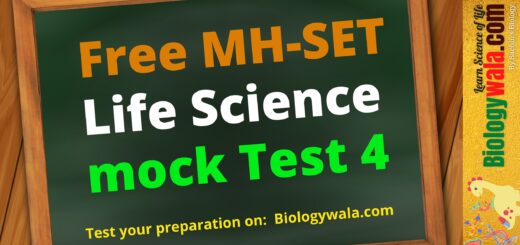
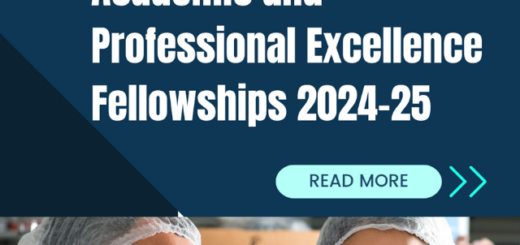
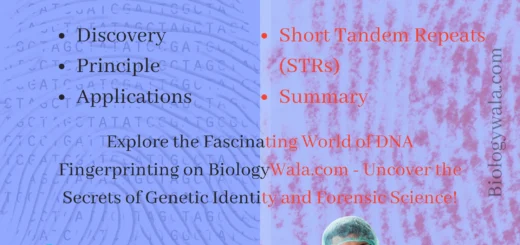
a very informative blog on the learning topic.
Dhanyawad Shankar Sir! All the best for your preparation!